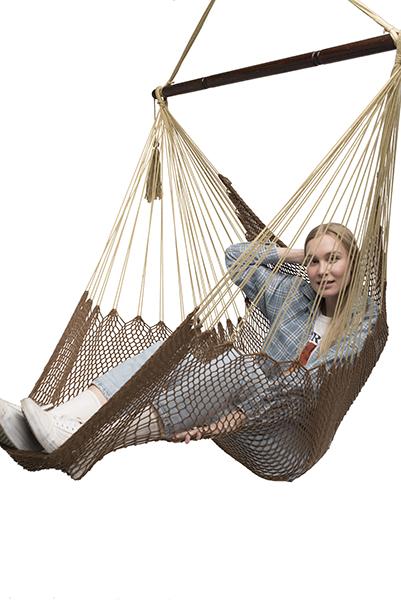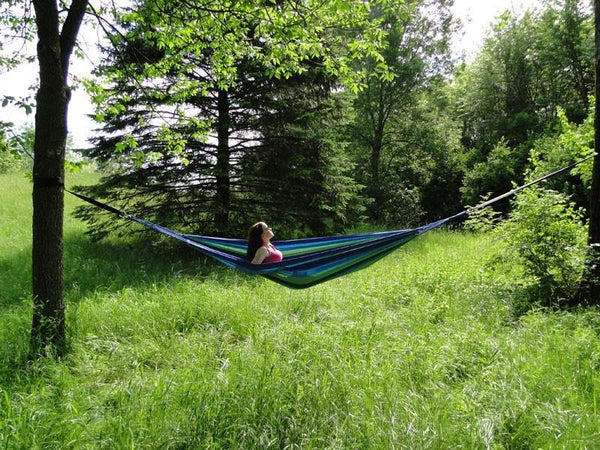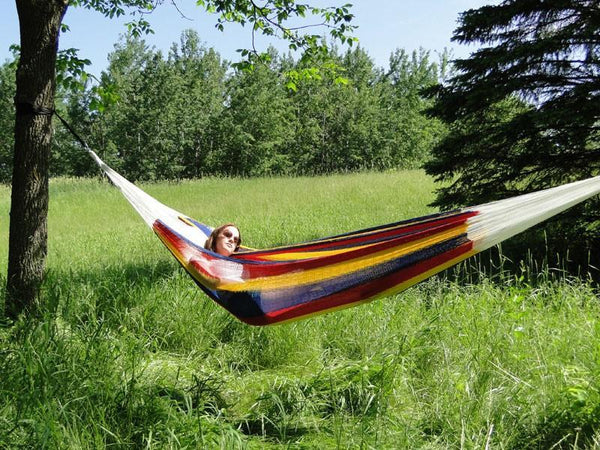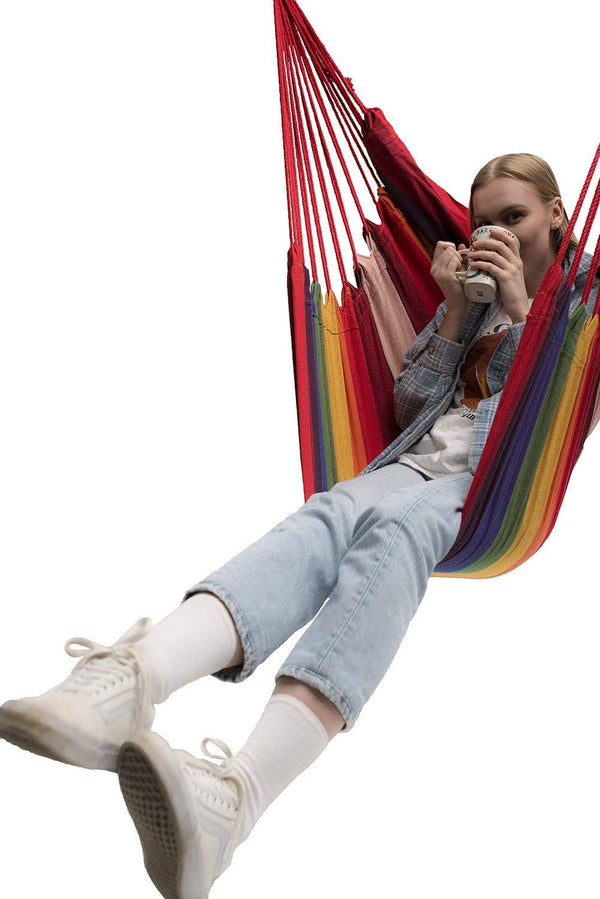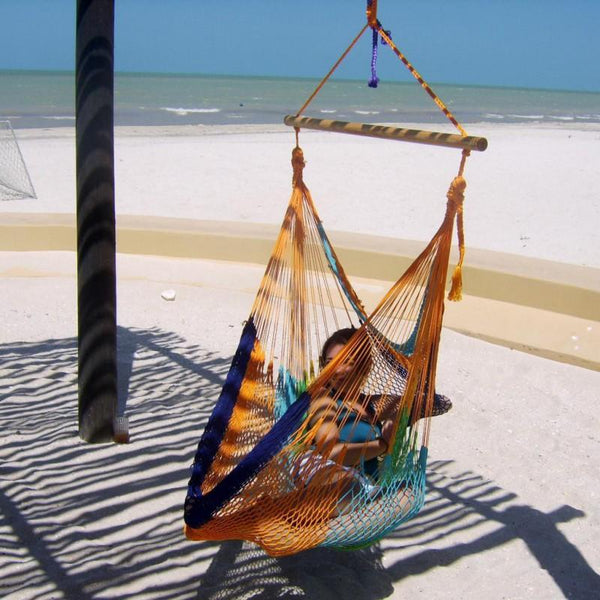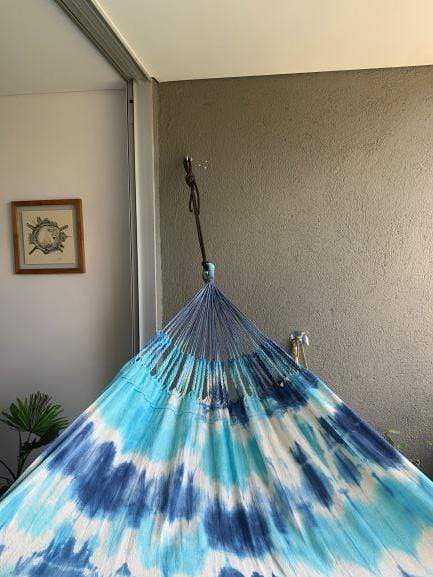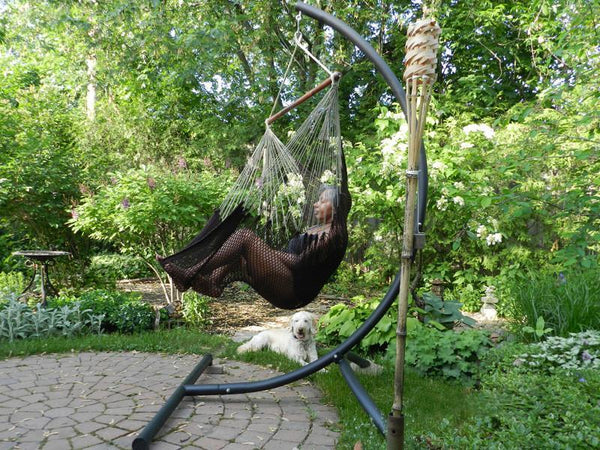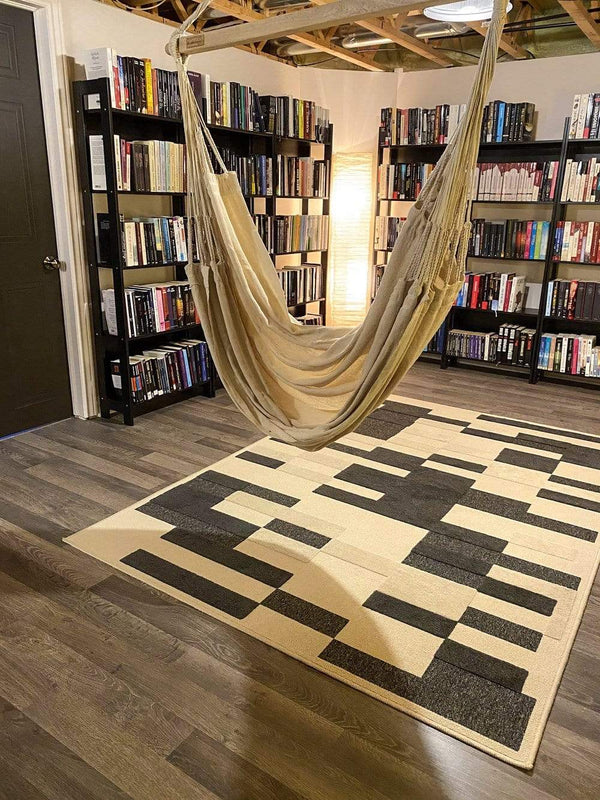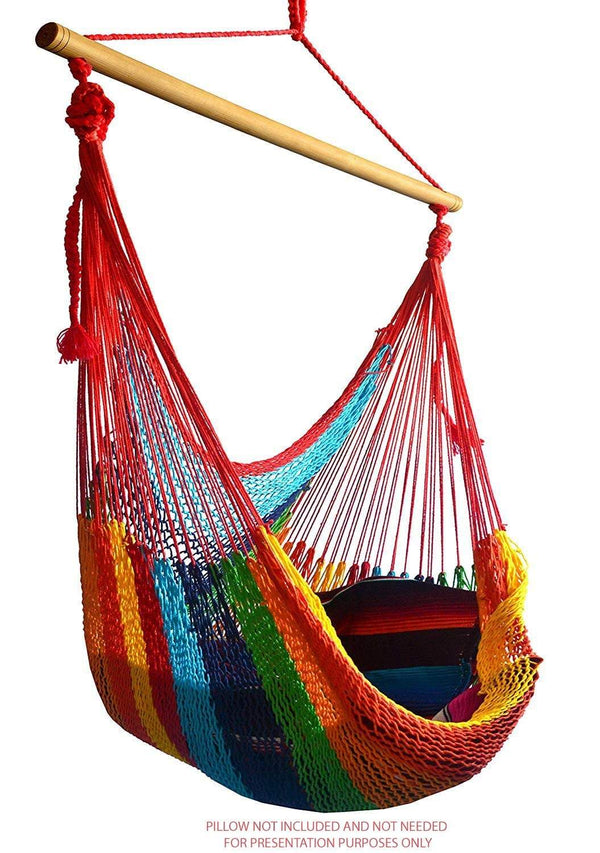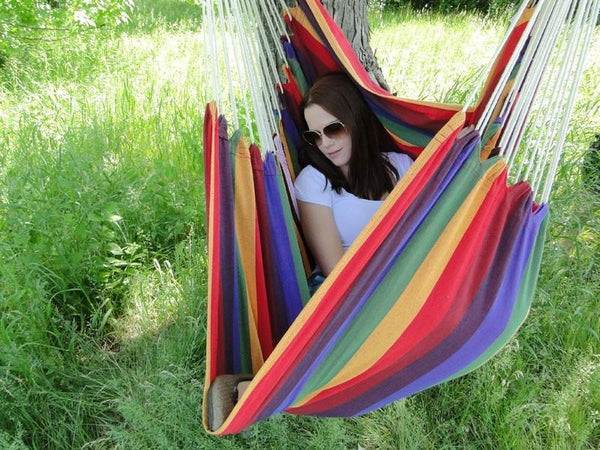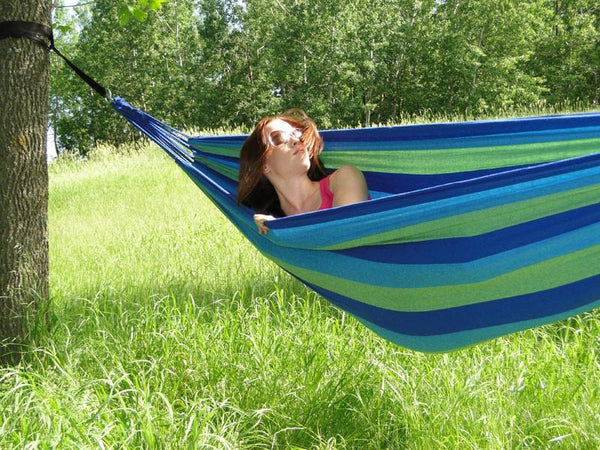FREE SHIPPING on most orders $25+ HAMMOCK BUYING GUIDE
Menu
-
-
Hammocks
-
Hammock Stands
-
Hammocks with Stands
-
Hanging Hammock Chairs
- View all Hammock Chairs
- Brazilian Style Hammock Chairs
- Colombian Hammock Chairs
- Mayan Hammock Chairs
- Mayan Hammock Chairs Deluxe
- Universal Hammock Chair Stand
- U Hammock Chair Stand
- Brazilian Hammock Chair with Universal Chair Stand
- Colombian Hammock Chair with Universal Chair Stand
- Mayan Hammock Chair with Universal Chair Stand
- Mayan Hammock Chair Deluxe with Universal Stand
-
Accessories
- Gift Cards
- Tools and Guides
- Bargain Bin
-
- 1-800-207-4761
- Login

FREE SHIPPING on most orders $25+ HAMMOCK BUYING GUIDE
Hammock as Therapy for Children with Autism
April 21, 2021 4 min read

This Autism Awareness Day, Discover the Healing Powers of Hammocks
April is Autism Awareness Month in many parts of the world, and April 2 marks World Autism Awareness Day. If you or someone you love has autism, you may spend this time dedicating particular effort towards advocating for causes that are relevant to those who have been diagnosed. Awareness is the first step towards understanding and fully supporting those on the Autism spectrum.
There are many misconceptions about Autism: what it is, how someone with Autism might behave, and how the condition is treated.
In reality, Autism is a broad term that encompasses plenty of experiences and symptoms. As a result of its widespread set of experiences, children with Autism might find comfort in unique and unexpected tools.
Did you know that a hammock could actually help a child on the Autism spectrum? There are plenty of tools to help children with Autism find comfort and practice processing their senses in full. A hammock can help. Read below to learn more about Autism and how a hammock can assist with challenges involving the sensory system.
Read More: Hang in A Hammock for Better Mental Health
What is Autism?
Autism Spectrum Disorder (ASD) is a broad diagnosis that refers to a series of behaviour patterns and styles of social interaction. ASD is a neurodevelopmental disorder, meaning that it involves the central nervous system and affects communication and learning.
Autism is extremely broad compared to other conditions – so much so, that Autism is associated with a 'spectrum' on which any specific diagnosis can fall.
The spectrum encompasses different symptoms and experiences that a patient might have. Recently, ASD was split into three categories, simply called Levels 1, 2, and 3.
The levels are defined by how much substantial support a patient might require, with level 3 being the highest.
There is no 'cure' for autism. Instead, there are approaches to treatment that allow the patient to feel better or overcome some of the barriers they may experience as a result of the disorder.
READ MORE: The Government of Canada's Fact Sheet on Autism Spectrum Disorder
The Sensory System and Autism
The sensory system is the part of the brain that processes information using the five senses – tasting, touching, hearing, smelling, and seeing.
It is common for people with autism or other developmental disorders to face challenges involving their sensory system. Specifically, the five senses could react strongly or not strongly to stimulation. As a result, certain behaviours are performed – repetitive hand movements, for example – in response to that level of stimulation.
Certain forms of therapy are popular in treating sensory system challenges, though research on their effectiveness is still emerging.
One form of treatment is called Sensory Integration Therapy. This involves various activities that require the patient to use multiple senses at once. The goal is to help the patient combat challenges they may have trouble processing all of their senses at once.
Another popular approach is Movement Therapy. This treatment is popular among children, as it encourages the patient to move in fun ways, nearly simulating playtime.
How a Hammock Can Help
As mentioned above, Movement Therapy encourages children with Autism to move in fun, playful ways to encourage the cognitive processing of their senses. Usually, environments set up for Movement Therapy include various toys and structures – among them, a hammock swing.
That's because hammocks can provide a great level of comfort for a child with autism. Some parents interviewed by the New York Times found that placing a hammock in their home helped create a comforting environment for their child with autism.
How can a hammock help? Here are a few ways:
-
Rocking or swaying back and forth is a common behaviour exhibited by patients; a hammock can allow the patient to comfortably and safely do that
-
Provide comfortable rest for children who need to sleep or relax
-
Calm down any child who is overwhelmed or distressed
-
Provide a great time-out spot to allow a child to collect themselves and edit their behaviour
With these benefits considered, and many more, a hammock becomes more than just a comfy piece of furniture. For children on the Autism spectrum, a hammock can be a calming retreat, or a place to escape the sensory overload that the rest of the home may inspire.
Hammocks Are Great For Sleep, Too
Does your child have trouble falling asleep? Nap time might seem like a challenge for your Autistic child, but a hammock might be the solution you've been waiting for. In fact, research suggests that hammocks help combat insomnia.
Sleeping on a hammock is great because:
-
Hammocks have no pressure points connecting to your body, unlike hard-surfaced beds; this means your body gets a balanced amount of pressure
-
Swaying motion can help you sleep peacefully
-
A hammock can help you fall asleep faster
READ MORE: 6 Major Health Benefits of Sleeping in a Hammock
Choosing a Therapy Hammock
Some brands make hammocks specifically for the purpose of comforting children with neurodevelopmental disorders and conditions. However, any hammock could technically help.
Since every child's needs and experiences differ, you may choose to try out different hammocks and see what your child feels comfortable resting and swaying in. Ultimately, you want your child to make a connection with their hammock and find solace in what in can provide – so letting them in on picking out the hammock might not be a bad idea.
What Can My Child Do In Their Hammock?
You may choose to make a list of ways to use your hammock to benefit your child specifically. If your child sees a therapist or specialist, you may ask them for ways to incorporate your hammock into treatment. For example, they may suggest that you delegate a 'rest period' on the hammock following something stimulating, like a session of playtime.
READ MORE: Hammocks and Stress Management
We encourage Canadians to participate in Autism Awareness Month by:
-
Learning about Autism Spectrum Disorder
-
Trying to differentiate between facts and myths or harmful stereotypes
-
Being patient with and respectful towards those who do not communicate the way you might expect them to
We also hope that parents with Autistic children can find as much support as possible, and we would be overjoyed if our hammocks were able to help with that.
Safety First!
When using a hammock*, safety is paramount. Please make sure to follow these important guidelines when purchasing, installing and using a hammock
*(includes Hammock, Hammock Chair, Hammock Stand and Hammock Accessories)
Safety First!
When using a hammock*, safety is paramount. Please make sure to follow these important guidelines when purchasing, installing and using a hammock
*(includes Hammock, Hammock Chair, Hammock Stand and Hammock Accessories)
Related Products
Want to relax?
Join for exclusive content and promotions we only give to our email list!

